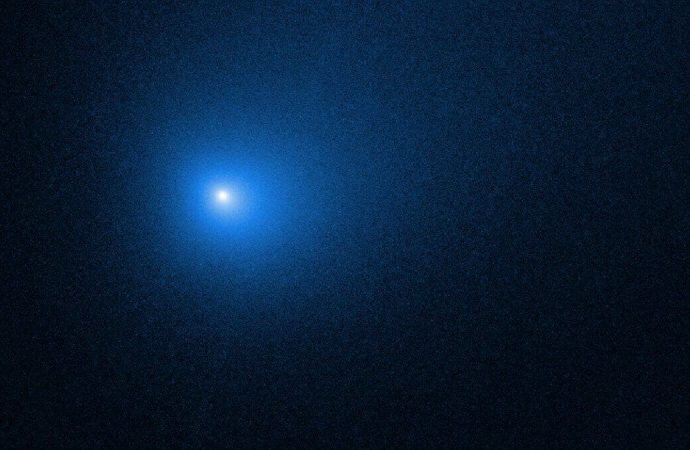“We’re finding that there could be substantially more visitors,” say Harvard scientists
Source: Cosmos Magazine
Two years ago, astronomers detected an extraterrestrial visitor to our solar system – a rogue comet called 2I/Borisov that had come from another star. It was the first interstellar comet ever definitively detected, though Harvard astrophysicists have now calculated that such comets may be more common than previously thought.
A new paper, published in the Monthly Notices of the Royal Astronomical Society, draws on the detection of Borisov to show that the Oort cloud in the dark outer reaches of the solar system may contain more interstellar objects than local objects.
“Before the detection of the first interstellar comet, we had no idea how many interstellar objects there were in our solar system, but theory on the formation of planetary systems suggests that there should be fewer visitors than permanent residents,” says Amir Siraj, lead author of the study.
“Now we’re finding that there could be substantially more visitors.”
We likely haven’t spotted these interstellar objects because they don’t produce their own light and are far from the sun’s shine. (The Oort cloud is a shadowy place – it’s a spherical shell of icy debris that encases our solar system, starting just beyond the outermost planet and stretching for several light years into space.)
Harvard astrophysicist Matthew Holman, who was not involved in the research, says these new calculations can also inform us about the inner solar system.
“These results suggest that the abundances of interstellar and Oort cloud objects are comparable closer to the sun than Saturn,” he explains. “This can be tested with current and future solar system surveys.
“When looking at the asteroid data in that region, the question is: are there asteroids that really are interstellar that we just didn’t recognise before?”
So how do we spot them in the future?
Next-gen tech – such as the Vera C. Rubin Observatory (currently under construction in Chile) and the Transneptunian Automated Occultation Survey (a comet searcher that will come online late this year) – is the answer.
If surveys like these confirm that interstellar objects outnumber local objects in the Ooort cloud, this could place constraints on how planetary systems form.
Their abundance, Siraj says, “requires a significant mass of material to be ejected in the form of planetesimals. Together with observational studies of protoplanetary disks and computational approaches to planet formation, the study of interstellar objects could help us unlock the secrets of how our planetary system – and others – formed.”
Source: Cosmos Magazine

































Leave a Comment
You must be logged in to post a comment.